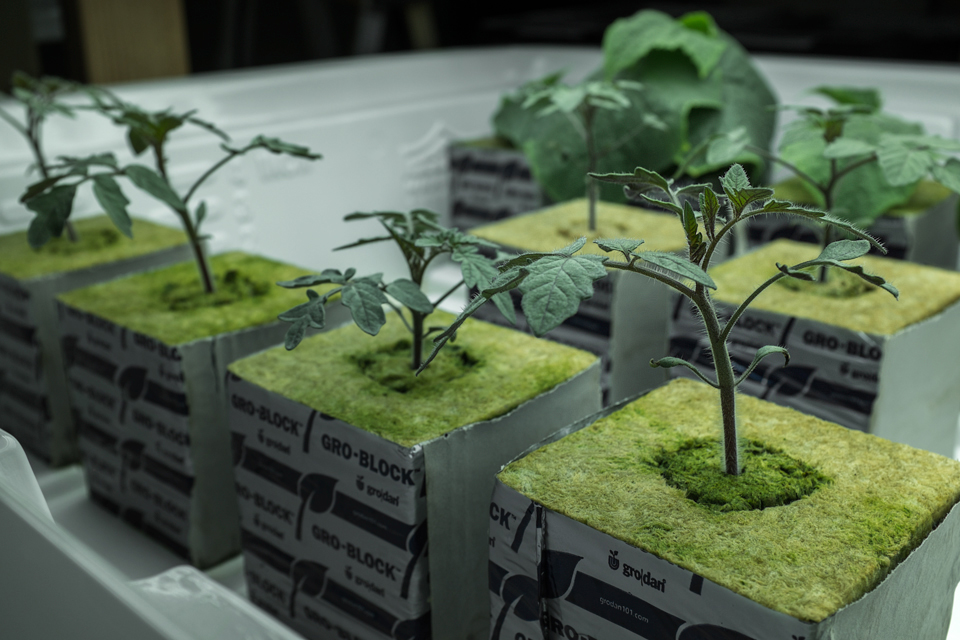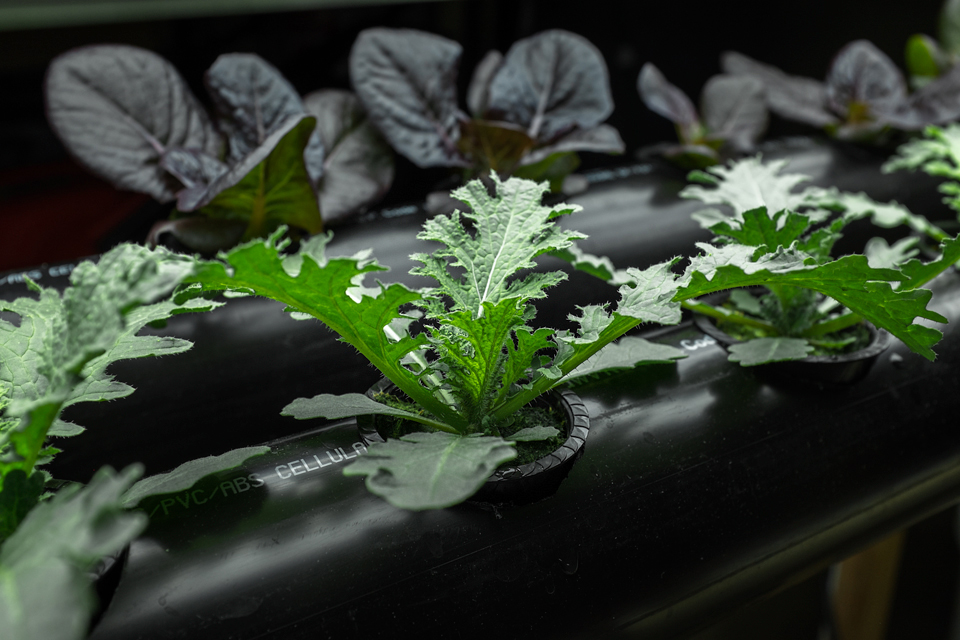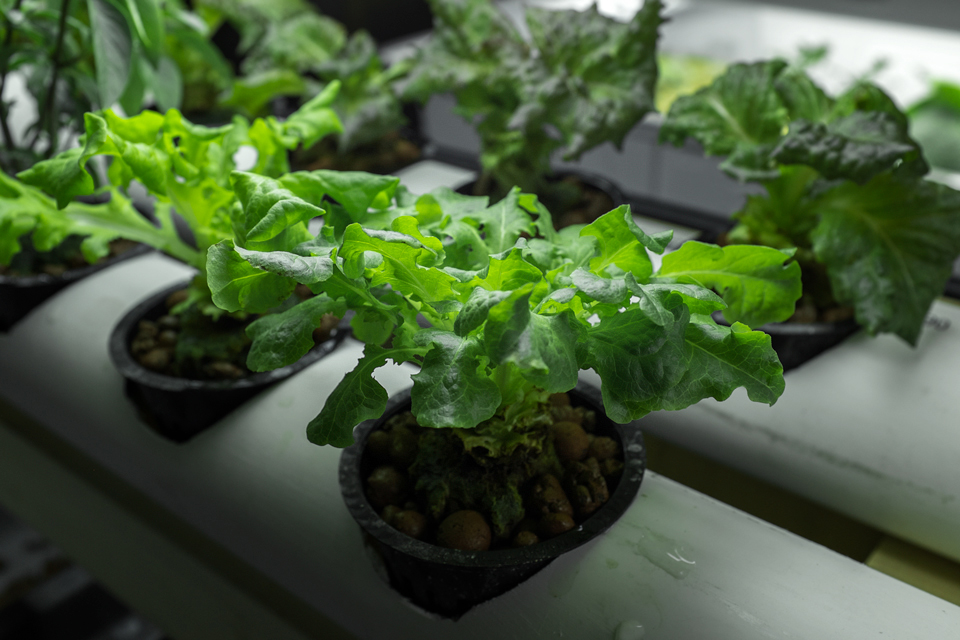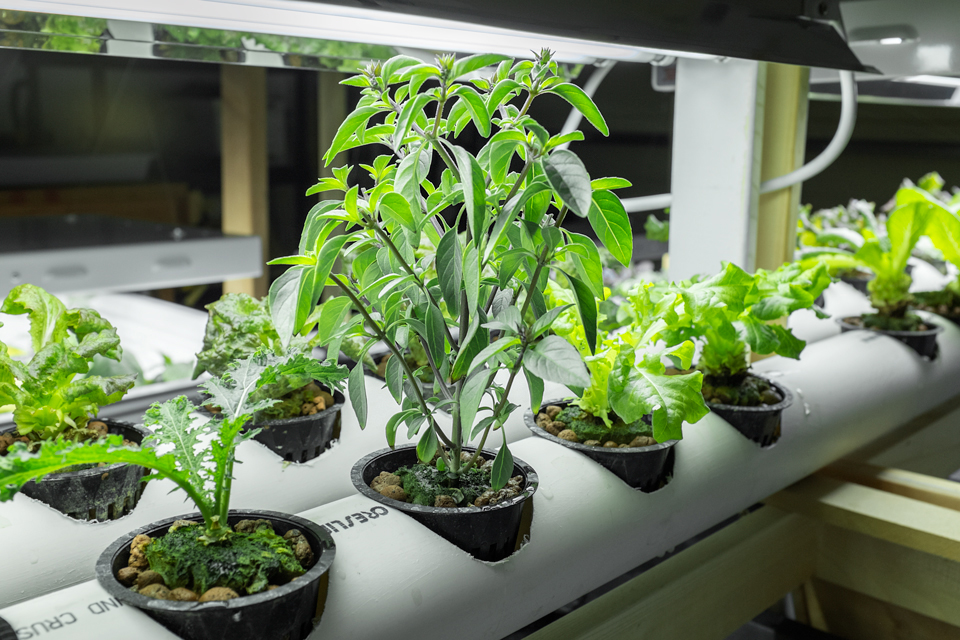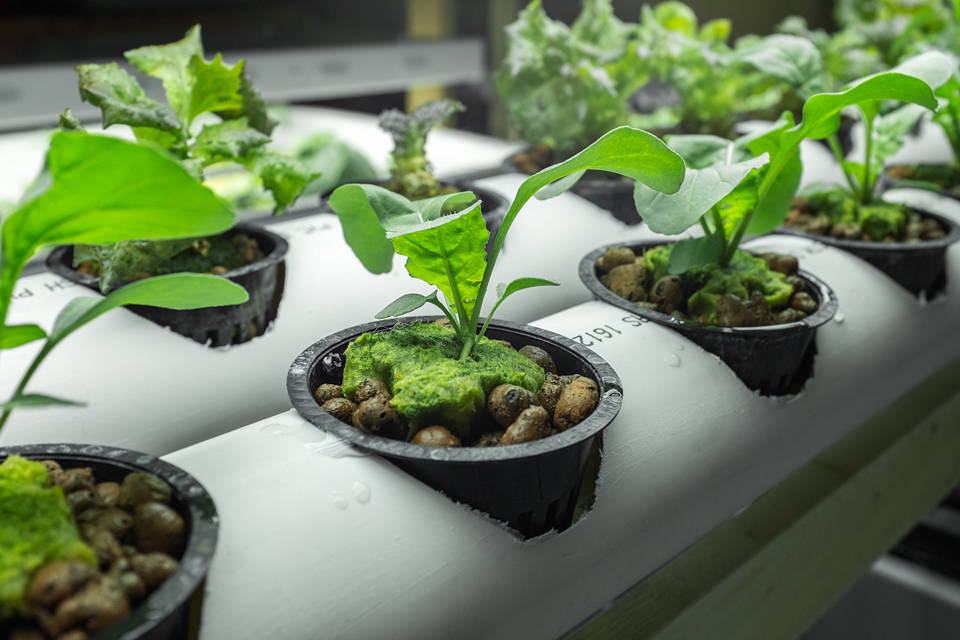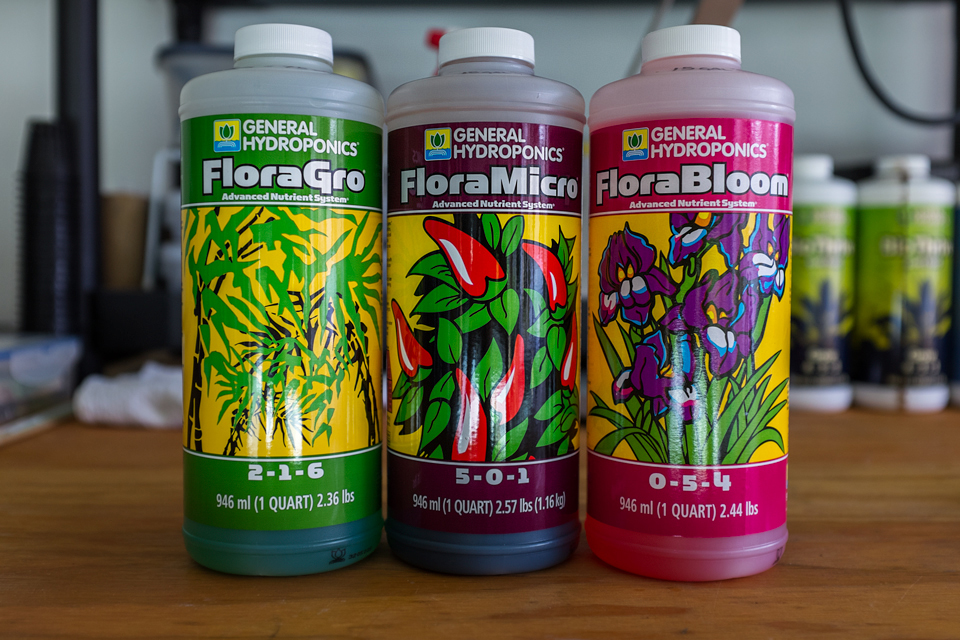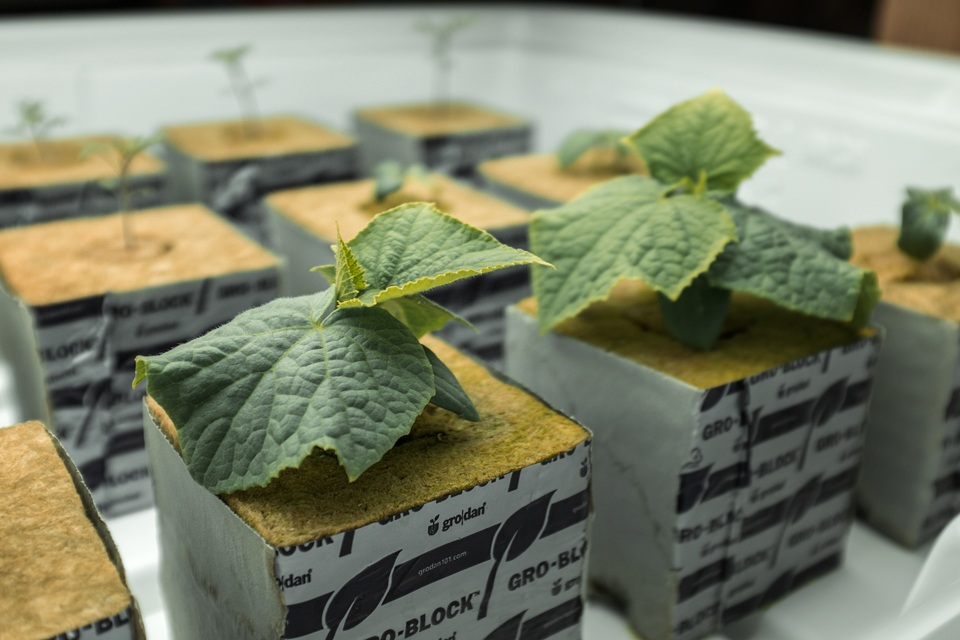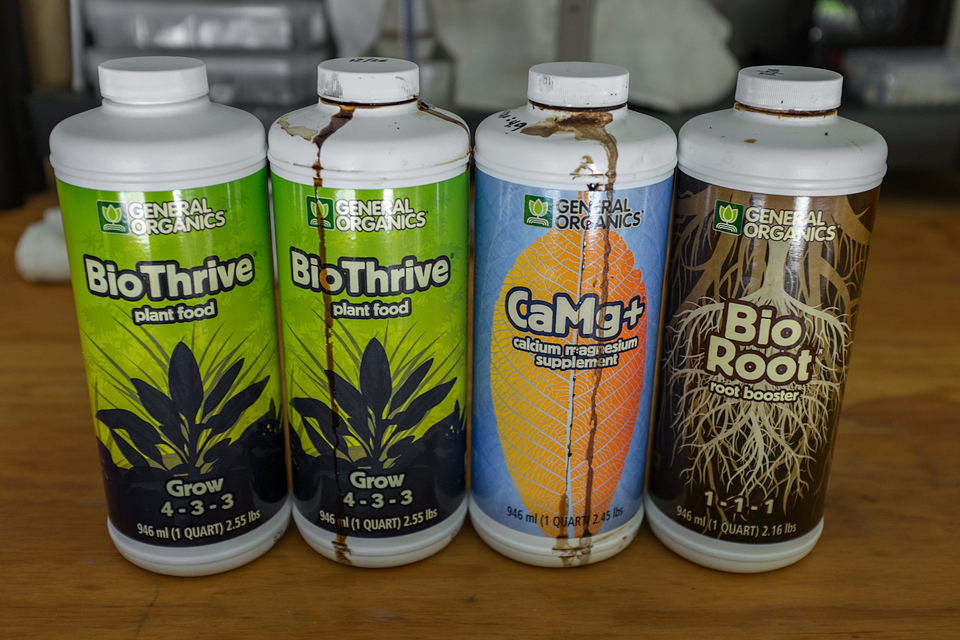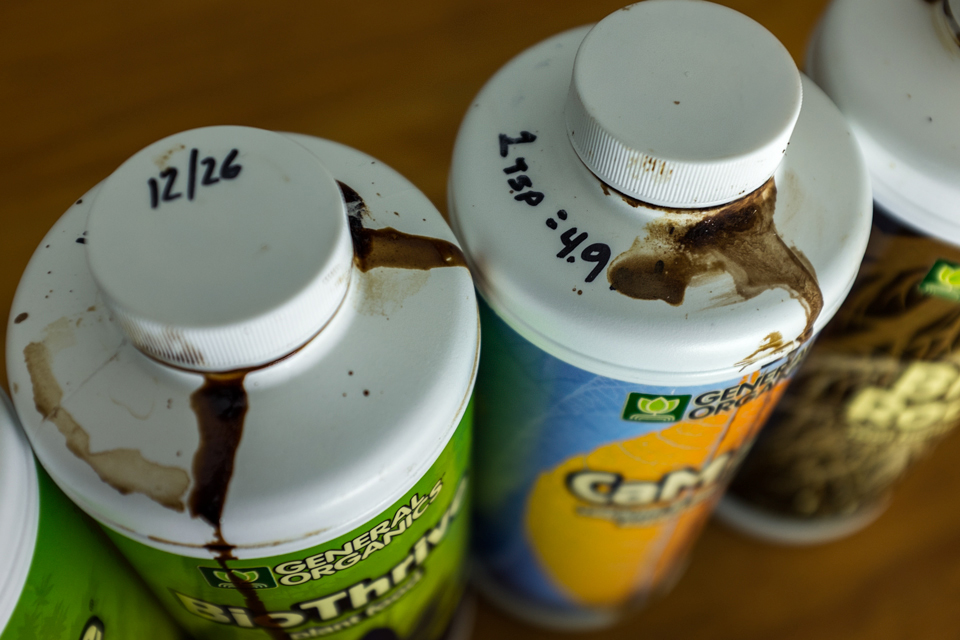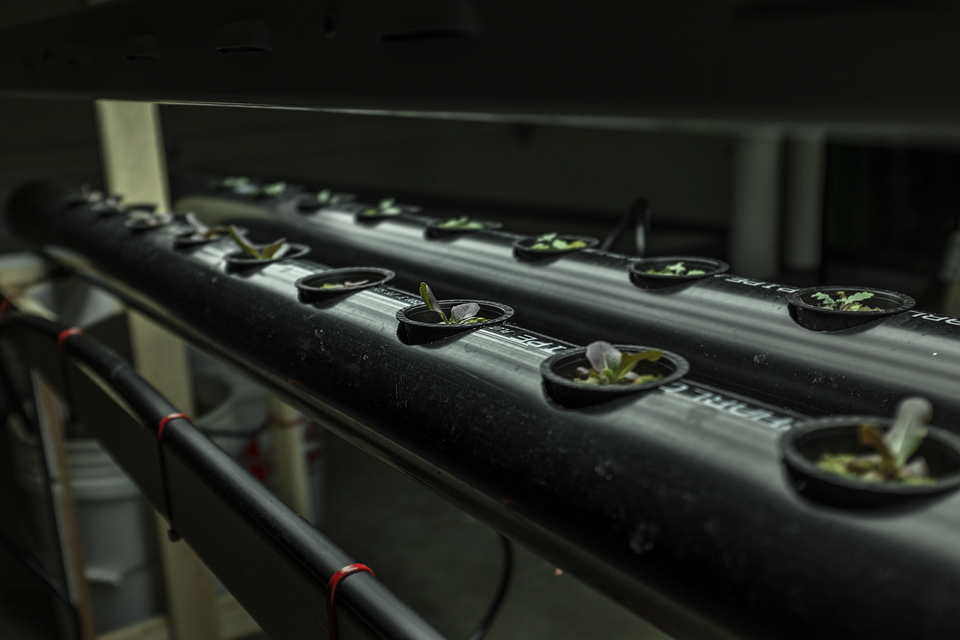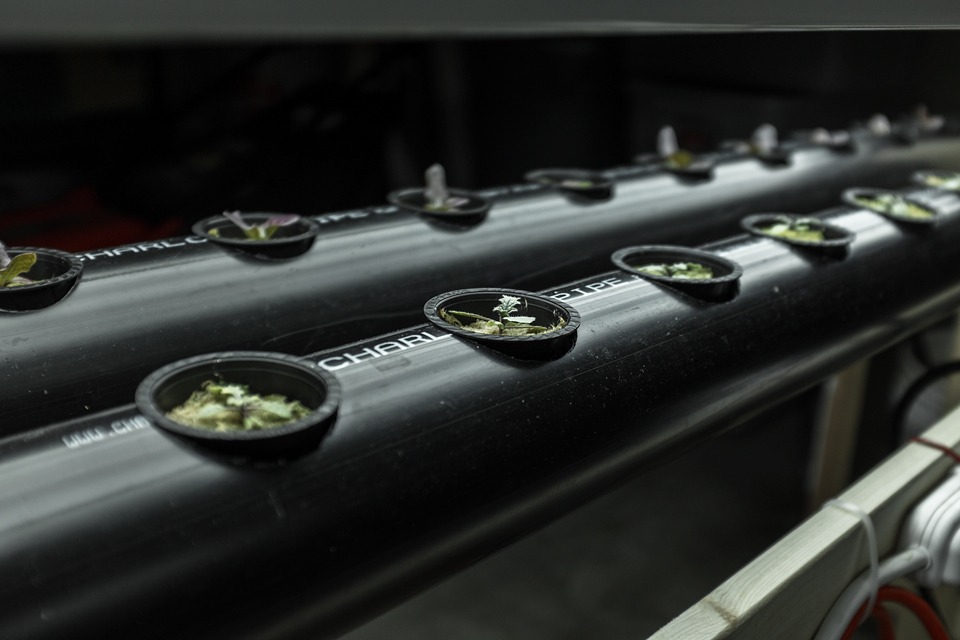Hydroponic Vegetable Garden Update

I'm trying something new with leafy greens and Grodan Grow Blocks. I usually plant lettuce in my NFT or DWC rig. I'm excited to see how well rockwool does compared to a hydroponically grown equivalent. Pictured above is Mustard Myers Family Heirloom.
Salad Bowl Lettuce.
The Cucumber Bush Champion's are getting big! I wonder when they'll start growing up.
Tomato Super Sweet 100 Hybrid's and Tomato Burpee's Big Boy Hybrid's. No clue which is which.
Red Romaine Lettuce taking off.
Mustard Myers Family Heirloom.
I'm surprised how well the Paris Island Romaine Lettuce are doing. These are the ones I goofed up on during the seedling stage.
Salad Bowl Lettuce in my NTF sytem.
Thai Basil, it smells so good!
Arugula Rocket's.
Seattle, WA.




